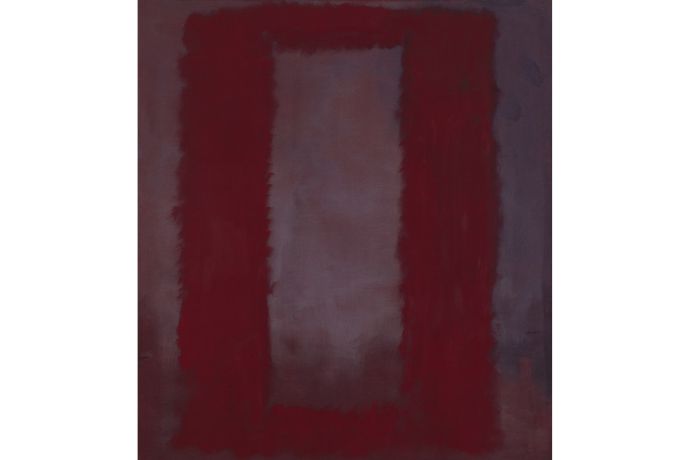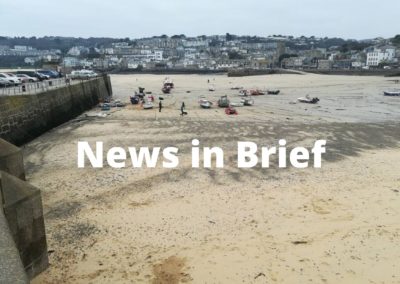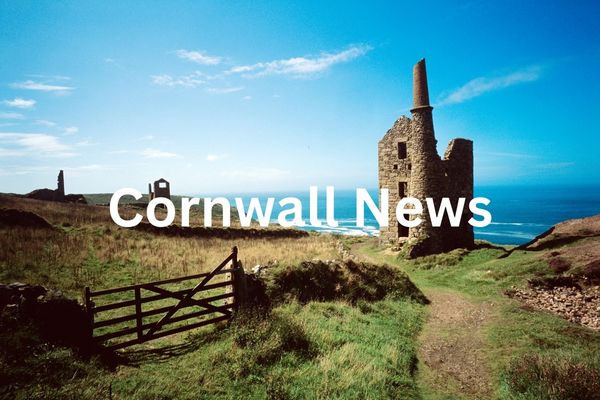Mark Rothko’s Seagram Murals are pivotal works in the history of modern, and now they are on show into next year at Tate St Ives.

These mural-sized canvasses were originally commissioned for the fashionable Four Seasons restaurant in New York’s Seagram Building. They marked a shift away from the bright colours of Rothko’s earlier paintings towards maroon, dark red, and black.
Rothko wished to create a deep connection between the viewer and his works, stating: “I am interested only in expressing basic human emotions — tragedy, ecstasy, doom, and so on.”
In 1959, Rothko took a break from painting the Seagram Murals to travel to Europe with his family. At the invitation of Peter Lanyon, he visited St Ives as it was becoming widely recognised as an important artists’ community. There he met other modernist painters, including Terry Frost, Paul Feiler, and Alan Davie.
Upon his return to the United States, Rothko decided that a restaurant would not be an appropriate location for his paintings. He withdrew from the commission, returned his fee, and donated nine of the works to Tate in 1969.
They have been shown in various numbers and configurations at Tate Britain, Tate Modern, and Tate Liverpool, always in accordance with the hanging height, lighting, and wall colour recommended by the artist.
Five of these iconic works are now on show for the first time in Tate St Ives, in the town Rothko visited shortly after completing them.
Mark Rothko: Seagram Murals | Until 29th September | Tate St Ives, Porthmeor Beach, St Ives |tate.org.uk/visit/tate-st-ives




